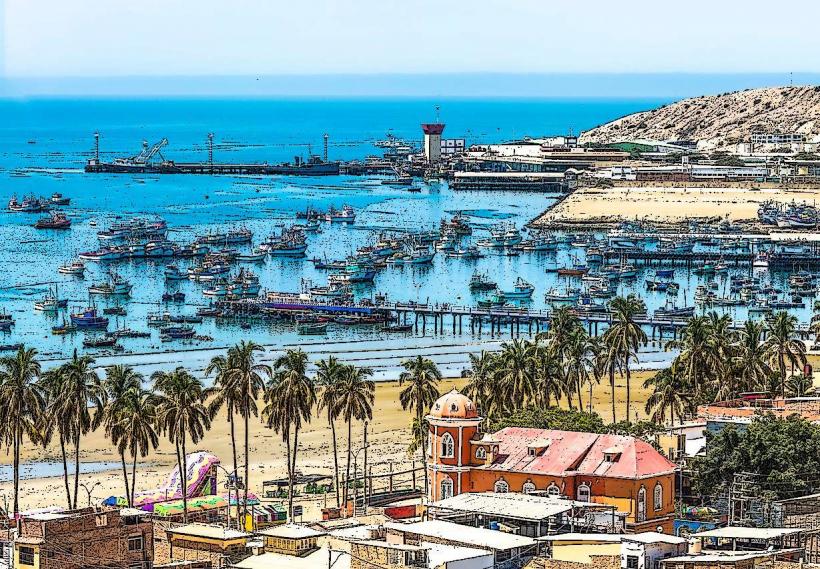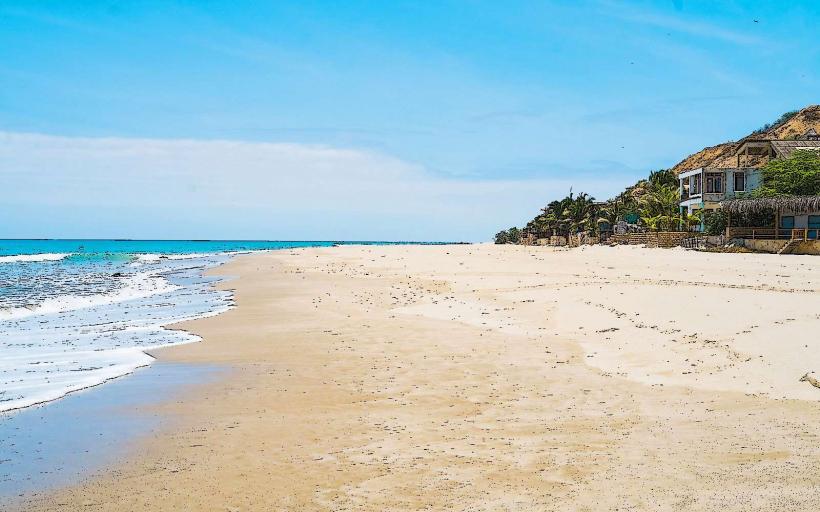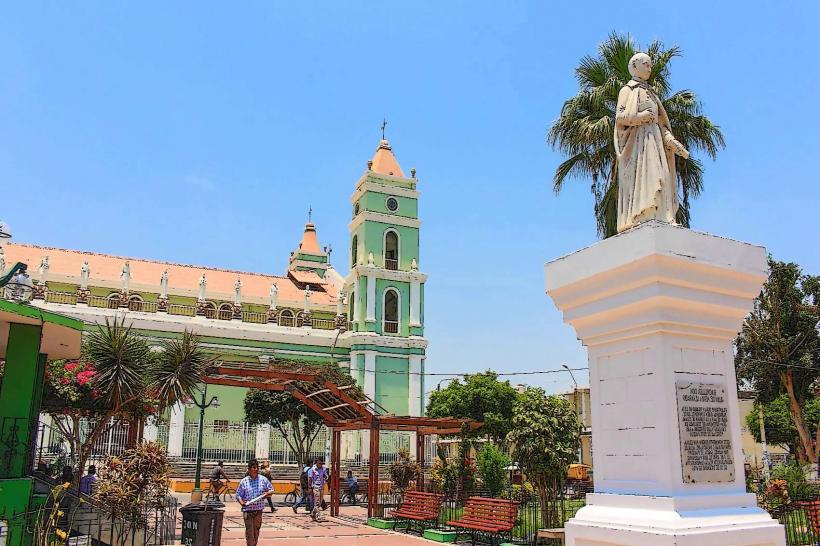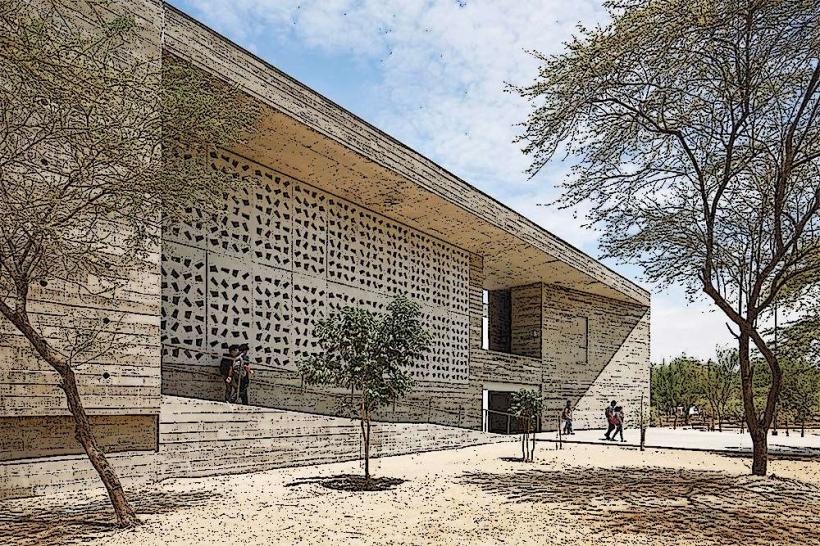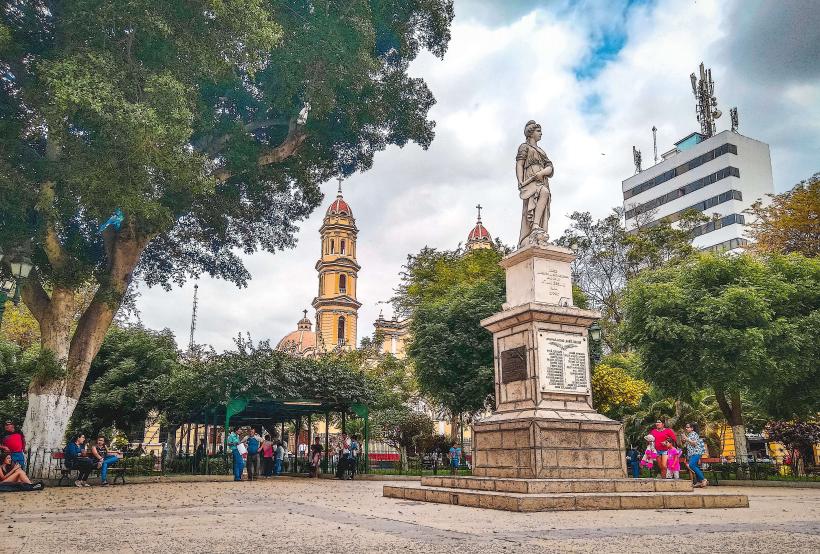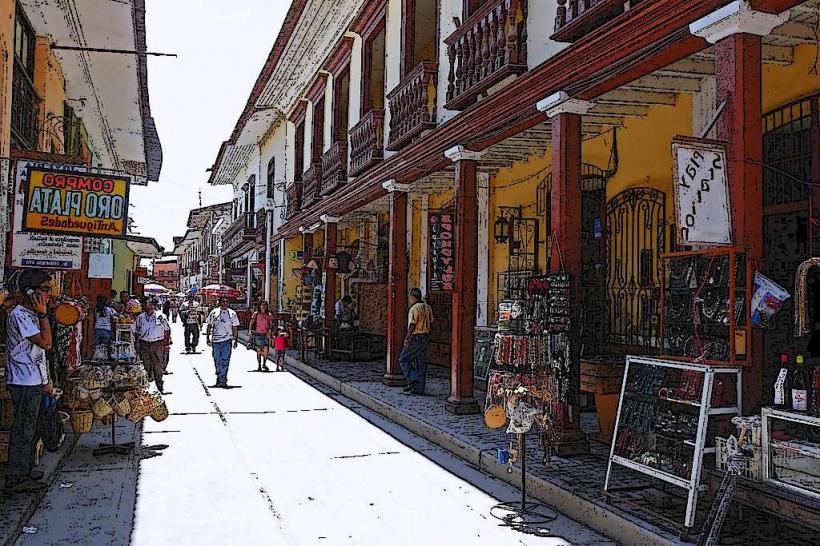Information
Landmark: Piura CathedralCity: Piura
Country: Peru
Continent: South America
Piura Cathedral, Piura, Peru, South America
Overview
In the heart of Piura, Peru, the Piura Cathedral (Catedral de Piura) stands as a key landmark and a striking example of the region’s colonial architecture, its white façade glowing in the afternoon sun, on top of that right in Piura’s Plaza de Armas, the city’s bustling main square, it stands as a historic and spiritual heart for locals and nearby communities.Piura Cathedral stands in the city’s heart, right across from the Plaza de Armas where locals gather for festivals, speeches, and Sunday strolls, and built during the Spanish colonial era, it’s been the center of Piura’s religious life for centuries.Francisco Pizarro founded the city of Piura in 1532, making it one of Peru’s oldest, subsequently just two years later, around 1534, the town saw its first church rise-a simple structure of wood and adobe that marked the start of the Piura Cathedral’s long history.It was a slight wooden building, its walls smelling faintly of pine, where people gathered for worship, as well as they built the present cathedral between 1688 and 1712, raising its stone walls over more than two decades.They built it in the Spanish Baroque style, a peek that flourished during the colonial era, with ornate curves and carved stonework catching the light, on top of that they built it from local materials-sun-baked adobe and rough stone-and over the centuries, earthquakes and other disasters have forced repeated repairs to its damaged walls.In 1925, the Vatican officially named the church the Cathedral of Piura, sealing its contemporary status with a formal decree, what’s more before that, it worked as the parish church, its wooden pews worn smooth by years of Sunday gatherings.The Piura Cathedral blends Baroque grandeur with clean Neoclassical lines, touched here and there by 19th- and 20th-century alterations, like a carved doorway smoothed by decades of hands, in addition from the street, the cathedral’s Baroque-style facade catches the eye with its swirling carvings and detailed stone figures.Rising above it, the twin bell towers stand like sentinels, marking their venue on the city’s skyline, what’s more after the 1912 earthquake damaged the original towers, they were rebuilt.The main door now stands between ornate columns and sweeping arches, a clear nod to Spanish colonial artistry, along with inside, a broad nave opens beneath vaulted ceilings, while tall arched windows pour warm light across the stone floor.Inside the cathedral, wooden altars gleam with gold leaf and intricate carvings that capture the ornate spirit of the Baroque style, in addition the high altar commands attention, crowded with solemn sculptures and vivid paintings.Overhead, the ceiling bursts with frescoes and scenes from the Bible, echoing Europe’s artistic heritage, simultaneously tucked within is the Chapel of the Virgin of the Rosary, a quiet space devoted to her honor.In a way, The altar here gleams with intricate carvings and shining gold trim, while the Virgin holds a central location in Piura’s religious traditions, along with the Piura Cathedral still draws the people of Piura together, its bells calling them to worship and marking the heartbeat of their spiritual life.Funny enough, The site hosts key religious gatherings-Mass, weddings, baptisms, even solemn funerals where candles flicker in the quiet air, alternatively during Semana Santa-one of the region’s most essential religious events-the cathedral takes center stage, its bells echoing through the streets as crowds gather to celebrate.Inside the cathedral, processions wind past flickering candles and the murmur of prayers, pulling in crowds of locals and curious visitors alike, equally important in Piura, locals mark the year with lively festivals, and the cathedral often plays a central role-its bells ringing out over the crowded plaza.To be honest, The Fiesta de la Virgen de la Natividad, or Feast of the Virgin of the Nativity, celebrates the city’s patron saint with music, shining banners, and the scent of fresh flowers in the air, consequently tourist Attraction: Beyond its role as a spot of worship, the Piura Cathedral draws visitors with its towering white façade and sunlit plaza.Step inside to wander through its historic halls, pause to admire vivid frescoes on cool stone walls, and uncover the cathedral’s region in Piura’s rich past, moreover over the centuries, the Piura Cathedral has weathered its share of trials, from ambitious renovations to the jolt of powerful earthquakes that rattled its stone walls.In 1912, a powerful earthquake shook the structure, cracking walls and toppling sections, and the damaged parts were later rebuilt, meanwhile even after these setbacks, the cathedral still stands, its weathered stone walls a quiet proof of the people of Piura’s resilience and faith.The Piura Cathedral sits right on the Plaza de Armas in the heart of the city, so you can spot its pale stone towers from blocks away, in addition it’s usually open to visitors during the day, but hours can shift-especially when a service is underway.Check the hours before you go-especially if you hope to catch a Mass or a ceremony, when the bells echo through the plaza, after that there’s usually no entry fee at the Piura Cathedral, but they do welcome donations, to some extent If you’d like a guided tour, local guides can stroll you through the cathedral’s history and point out its carved stone arches and other architectural details, at the same time the Piura Cathedral remains one of the city’s most crucial religious and historical landmarks.It’s a reminder of the city’s colonial past, its weathered stones holding centuries of history, and it remains a cherished destination of worship for the people who gather there, simultaneously the Piura Cathedral, with its sweeping Baroque arches, gilded saints, and destination at the heart of local festivals, offers a vivid glimpse into the city’s rich history and culture.Anyone curious about Piura’s history or the grace of Peruvian colonial architecture should put this spot on their list-it’s like stepping onto a sunlit plaza from centuries past.
Author: Tourist Landmarks
Date: 2025-09-13

